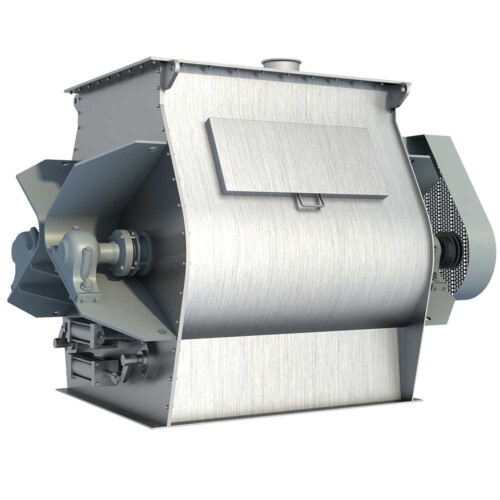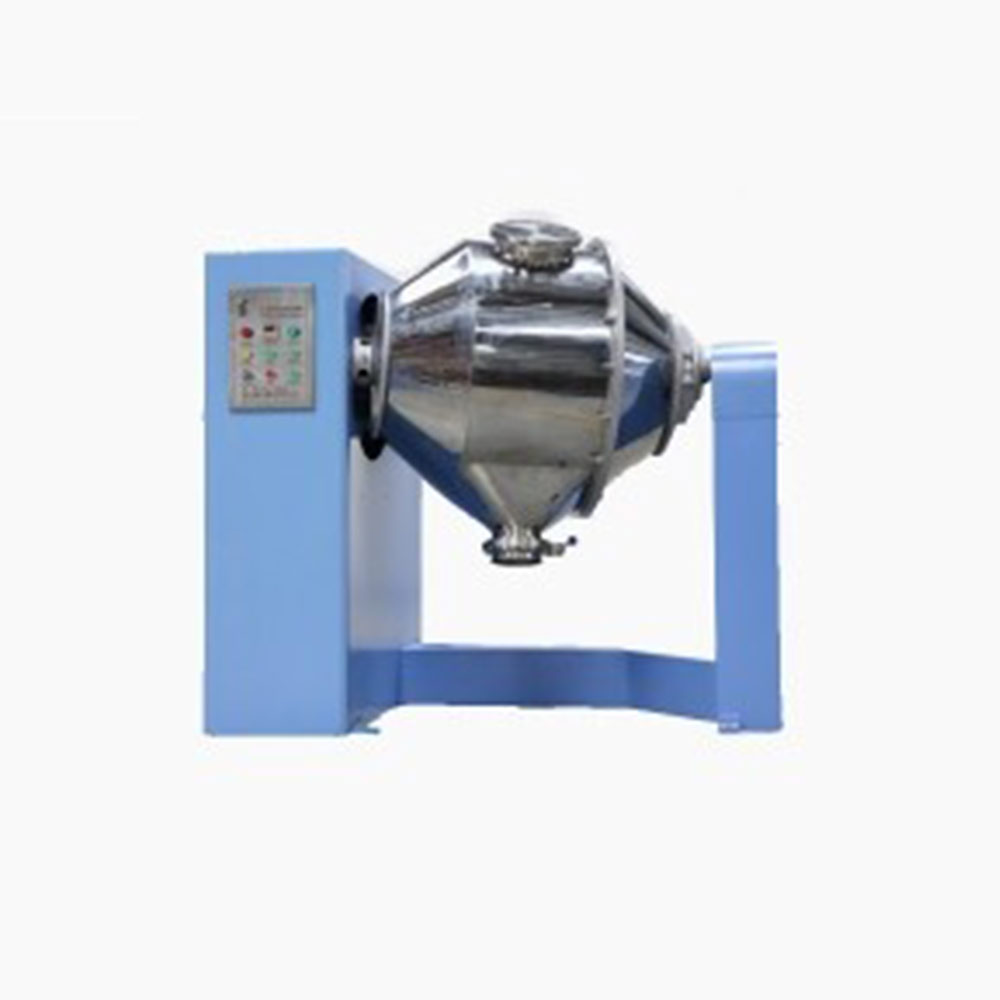Ask An Expert
Frequently Asked Questions
Yes, We can supply simple stand alone panels or automated PLC controlled systems. We normally install and test all controls on our mixers before they are shipped.
Yes, we normally test the mixers before they are shipped and mark out the wire need to connect on the control box.
We manufacture specialty mixing equipment for powder & bulk materials. Included are ribbon blender, plough mixer, conical screw mixer, twin shaft paddle mixer, V blender, double cone blender and other auxiliary equipment such as screw conveyor, quantitive auger filler.
We sell across the world, our cusotmers distribute 5 continents.
Share Us With Your Network
How can I tell when my material has been adequately mixed?
Unlike liquids, which mix to a molecular level, dry materials comprise discrete particles and, in most opera- tions, depending on the sample size, the particles are never truly mixed. For instance, if a sample consists of one particle, the sample isn’t mixed. Thus, determining whether a mixture is adequately mixed really depends on how the material will be used in the next process step or what the end user needs. These factors also affect the sample size you need to consider.
For instance, to determine whether a mixture fed to a reactor is adequately mixed, the sample size you need to consider is that of the container used to feed the reactor. If the mixture in the container consists of correct proportions of all ingredients, even though the ingredient concentration differs throughout the container, the correct ingredient proportions will reach the reactor, so mixing is adequate. On the other hand, if the mixture will be fed to a tablet press in a pharmaceutical operation, you need to consider whether a mixture sample equal to the tablet’s size is adequately mixed.
To determine whether a mixture is adequately mixed, you can use techniques ranging from observing the mixture’s gross characteristics, such as color, to very sophisticated laboratory methods for determining the active ingredient concentration in relatively small samples. Follow these general rules:
1. If possible, observe the mixture or take the sample in the mixer’s vessel so the mixture isn’t transferred before potential mixing problems can be corrected.
2. If you can’t observe the mixture or take the sample in the mixer’s vessel, do so as close as possible to the mixer. This way, you can catch an off-spec mixture before it’s further processed or packaged, helping to eliminate rejected batches and to hold costs down.
3. When taking a sample, select a sample size equal to that required by the next step in the process (for instance, in a tableting operation, equal to the tablet’s size).
Though it can be difficult, make sure you take representative samples. If you use a probe or thief-type sampling device, insert it into the mixer vessel’s center and avoid areas near the axis of rotation or internal seals. Be aware, however, that taking samples inside the vessel can’t account for later variations caused by segregation when the material is discharged or transferred. To detect such segregation problems, sample your mixture twice: once in the mixer vessel and once just before the mixture is packaged.
The number of samples you take depends on your required mixing accuracy. In general, the smaller the sample and the more critical the ingredient concentration, the more samples you’ll need to take.
Once you collect the samples, you can use chemical testing, tests based on weight variation (for instance, testing differences in the weights of food packages), and colorimetric techniques (which use electronic sensing combined with visual observation) to determine mixing quality.
Ask An Expert


















